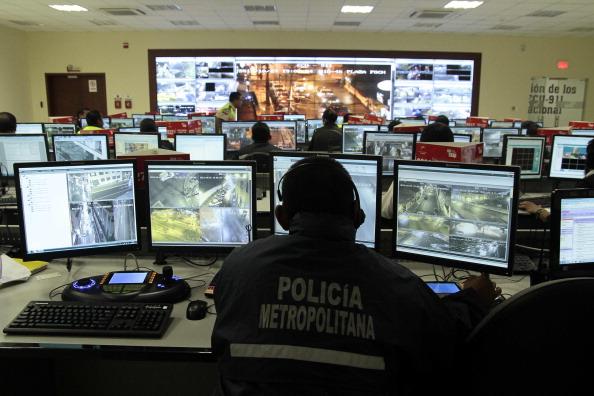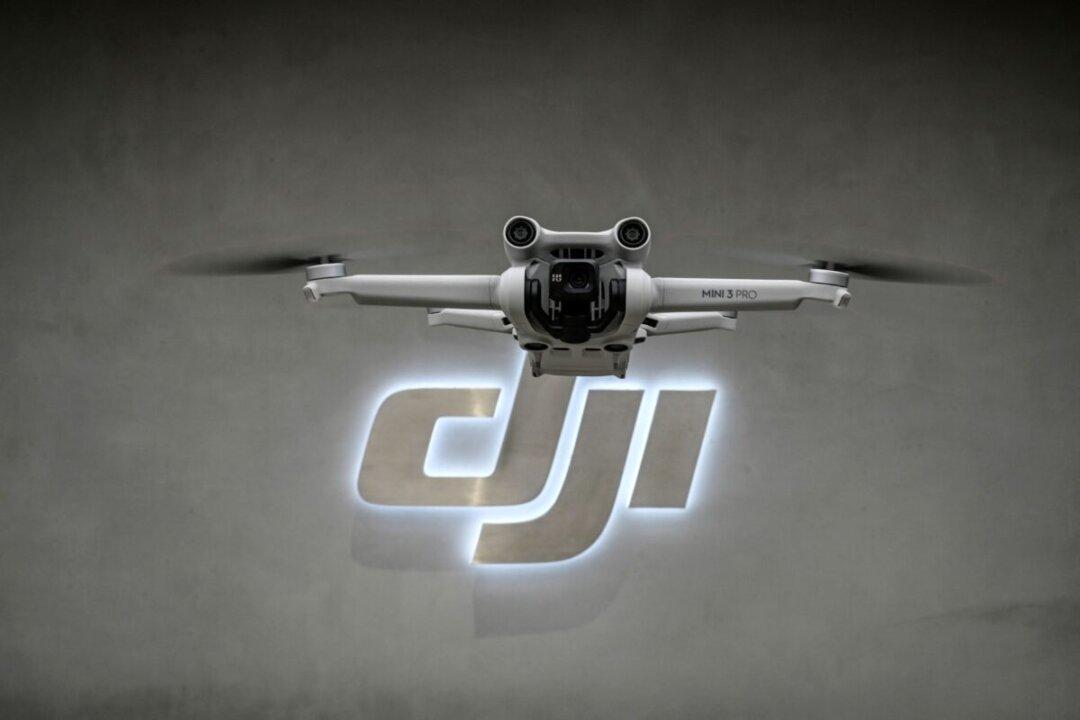While on a visit to Beijing in mid-December, Ecuadorian President Lenin Moreno secured a $900 million loan from China to boost his country’s cash-strapped economy.
In addition to meeting with Chinese officials, Moreno also visited a technology-development center belonging to Chinese tech giant Huawei in Beijing, according to Ecuadorian daily newspaper El Comercio.
Ecuador’s economic problems were caused in part by a borrowing spree during the administration of President Rafael Correa, who was in office from 2007 to 2017. According to data from Ecuador’s Economy Ministry, the country’s debt to China currently totals $6.5 billion—making it Ecuador’s largest creditor.
China had financed a number of infrastructure projects—mostly through loans—including the construction of a hospital, a bridge, a hydropower project, and ECU 911, the country’s national emergency-response system. The latter cost about $240 million.
China National Electronics Import and Export Corporation (CEIEC), a subsidiary of the state-owned China Electronics Corporation (CEC)—a major contractor to China’s military—was the chief architect of the ECU 991 project.
While China’s state-run media have touted the success of ECU 911, publishing articles claiming that ECU 911 has helped bring down the crime rate in Ecuador, the scale of the system and the equipment—some of it provided by Chinese telecoms giant Huawei—has sparked security concerns.
ECU 911
According to the official website of ECU 911, the emergency-response system has an extensive surveillance network with about 4,500 video surveillance cameras installed, as well as 16 regional response centers across the country.
Many of these cameras were purchased from Huawei. According to a document dated February 2017 from Ecuador’s National Public Procurement Service, ECU 911 bought 225 Huawei dome cameras with the model number IPC6625-Z30 in 2016 for $3,516.80 per camera. The service also purchased Huawei routers, wireless access points (a device that creates a wireless local area network), network switches, and wireless access controllers.





